In a perfect world, every trip would be relaxing, inspiring, and maybe even a little adventurous. But it’s no secret that sometimes travel can be a big headache, both figuratively and literally. This is especially true for the estimated 39 million Americans who experience migraines. “The stress of travel, barometric pressure changes, weather changes, sleep disturbances, and increased stimulation from sound and light can be triggers for migraines,” says Dharti Dua, MD, a neurologist at The Ohio State University (OSU) Wexner Medical Center.
Lasting anywhere from a few hours to a few days, these intense headaches can seriously derail travel plans. Although you can’t always predict when an episode will make an appearance on your itinerary, there are a few steps you can take that may reduce the odds one will crop up. Here’s what neurologists say can help.
Select the right seat
People who deal with migraines tend to be ultra-sensitive to motion sickness, which is a catch-22 because motion sickness can trigger an attack. That’s why it’s essential to set yourself up for success, whether in a car or on an airplane. Pick the seat in the car that usually doesn’t make you feel nauseous or dizzy, recommends Kevin Weber, MD, a neurologist at The OSU Wexner Medical Center. For some travelers, looking at the road and scenery ahead from the passenger seat may be their best bet for having an enjoyable car ride. Others have to be the person who commits to all the driving. “If you have motion sensitivity while doing both, consider alternative methods of travel for long trips or stopping frequently for breaks,” Dr. Weber adds.
Flying can make some people queasy, especially when there’s unexpected turbulence. If you can choose your seat assignment before departure, Dr. Dua suggests picking one near the wings, which tends to feel less rocky. If you can’t score those seats, take a preventive over-the-counter motion sickness medication before takeoff.
Choose your bevvies wisely
Whether aboard a cruise ship or on land at a swanky city bar, it can be tempting to enjoy a few rounds to get into vacation mode. But booze—and sugar, which is abundant in mixed drinks—can leave you parched, and dehydration is a common migraine trigger. To prevent an alcohol-induced headache, it’s wise to either abstain entirely or avoid drinks that are likely to be problematic, including sweet cocktails and red wine. Varietals like Merlot and Shiraz are made by fermenting grapes and their skin, which contains high levels of flavonoids and histamines. These compounds disrupt your body’s ability to metabolize alcohol and dilate blood vessels, which can cause a headache that sets off a migraine, explains Rena Sukhdeo Singh, MD, a neurologist at the University of Maryland Shore Medical Center at Easton. White wine, on the other hand, tends to be easier on the body. Since the grape skins are removed before the fermentation process, they have lower levels of compounds that are apt to leave your head pounding.
Whatever you decide to drink, it’s always wise to pair it with a glass of water and sip throughout the day to stay hydrated—a piece of vacation advice you should take to heart beyond the bar. “Some travelers may try to avoid fluids so they don’t have to stop their road trip or use an unfamiliar bathroom,” Dr. Singh says. But it’s best to get ahead of a potential headache by drinking at least eight glasses of water daily, she says.
Maintain your usual sleep schedule
Travel isn’t always conducive to a good night’s rest. Maybe waking up early to catch a train or flight cuts into your shut-eye, or being in a new time zone leaves you feeling exhausted. Whatever the reason, research shows that sleep schedule changes—whether that means getting fewer or more hours than usual—can increase the odds of a migraine attack. Thankfully, there are some things you can do to get ahead of potential issues.

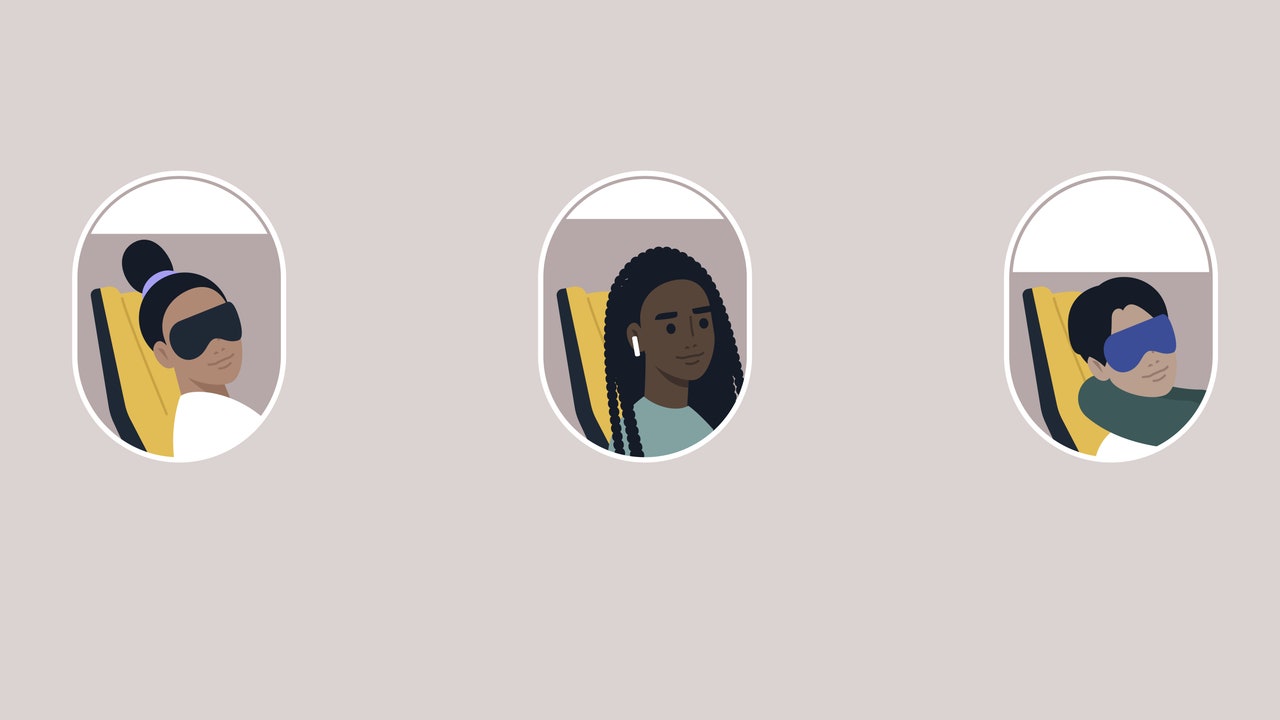

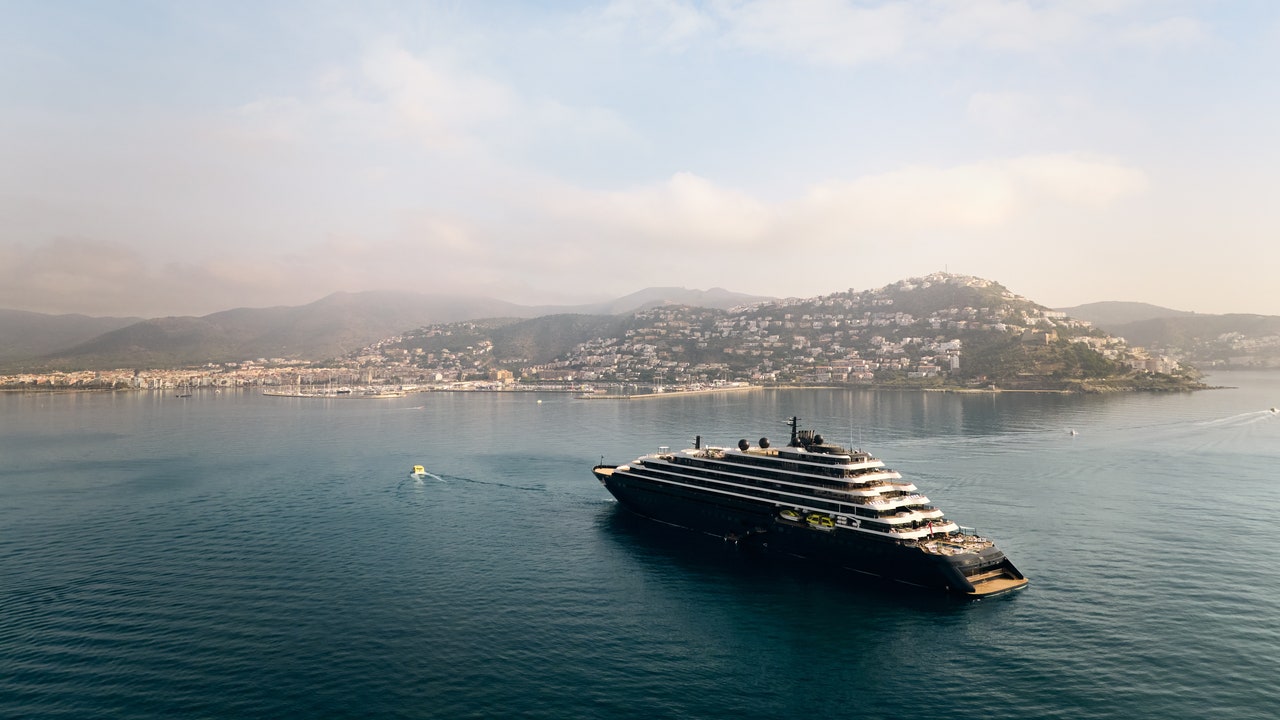
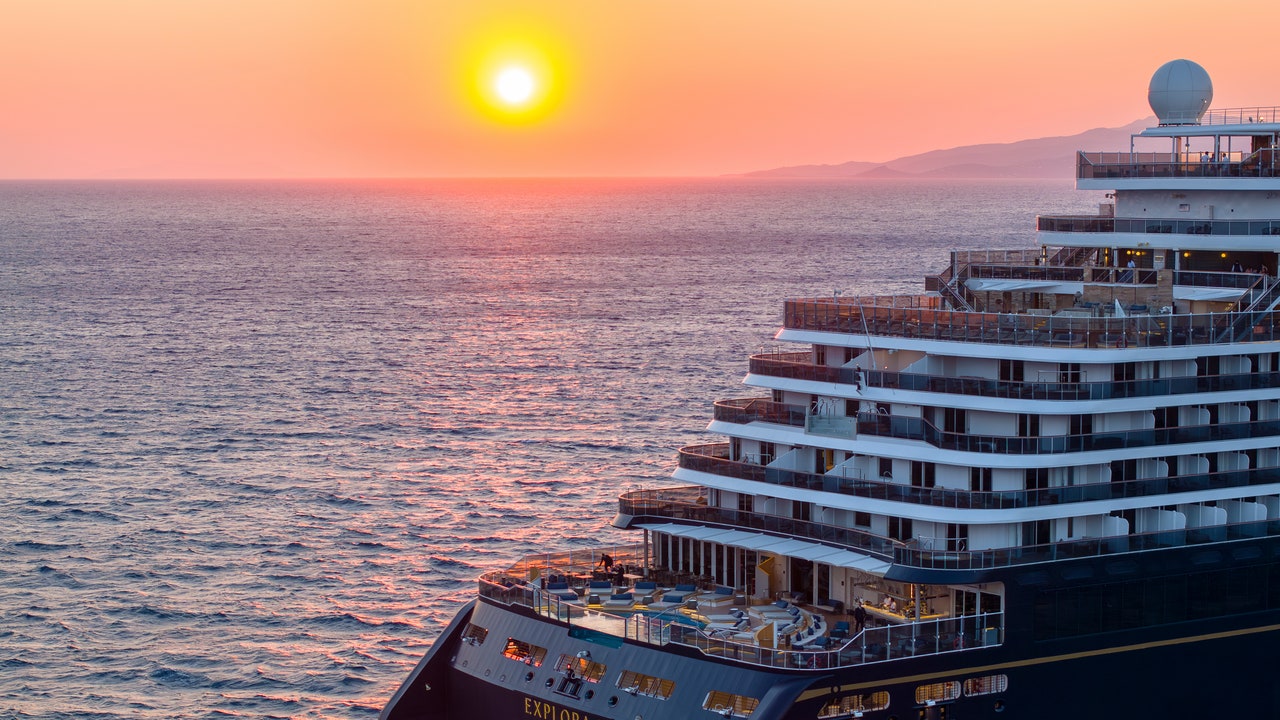





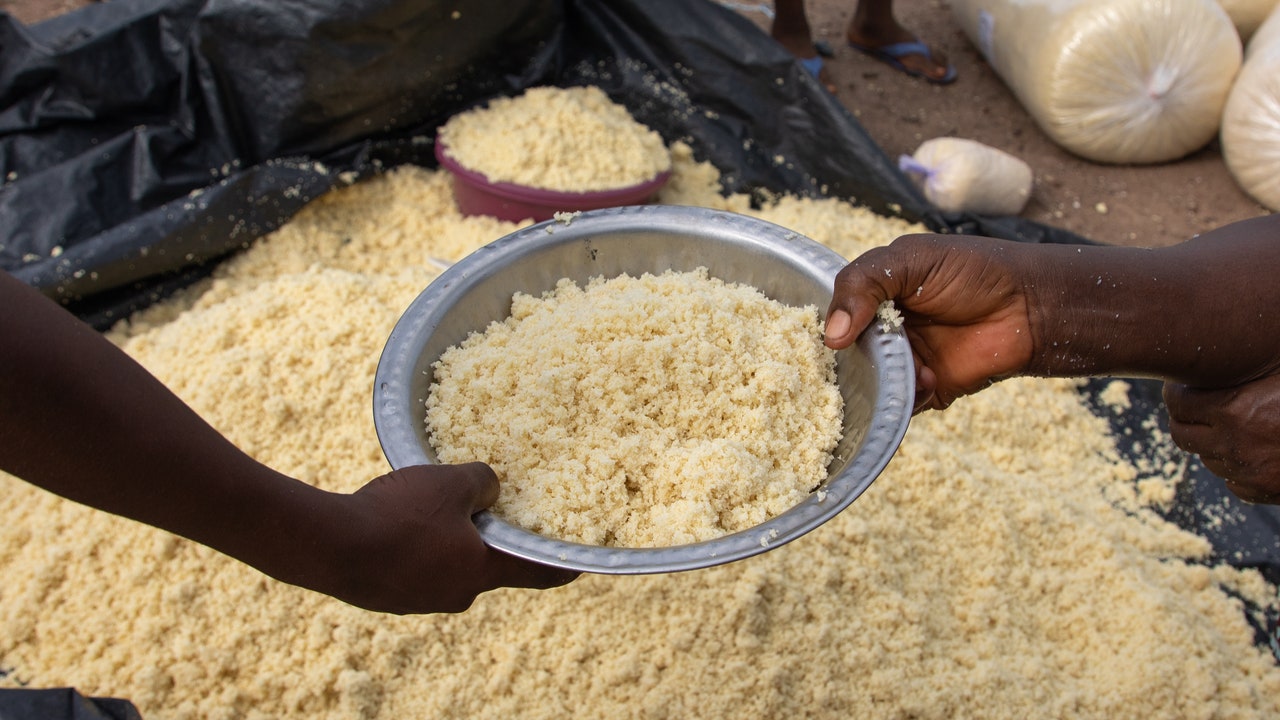
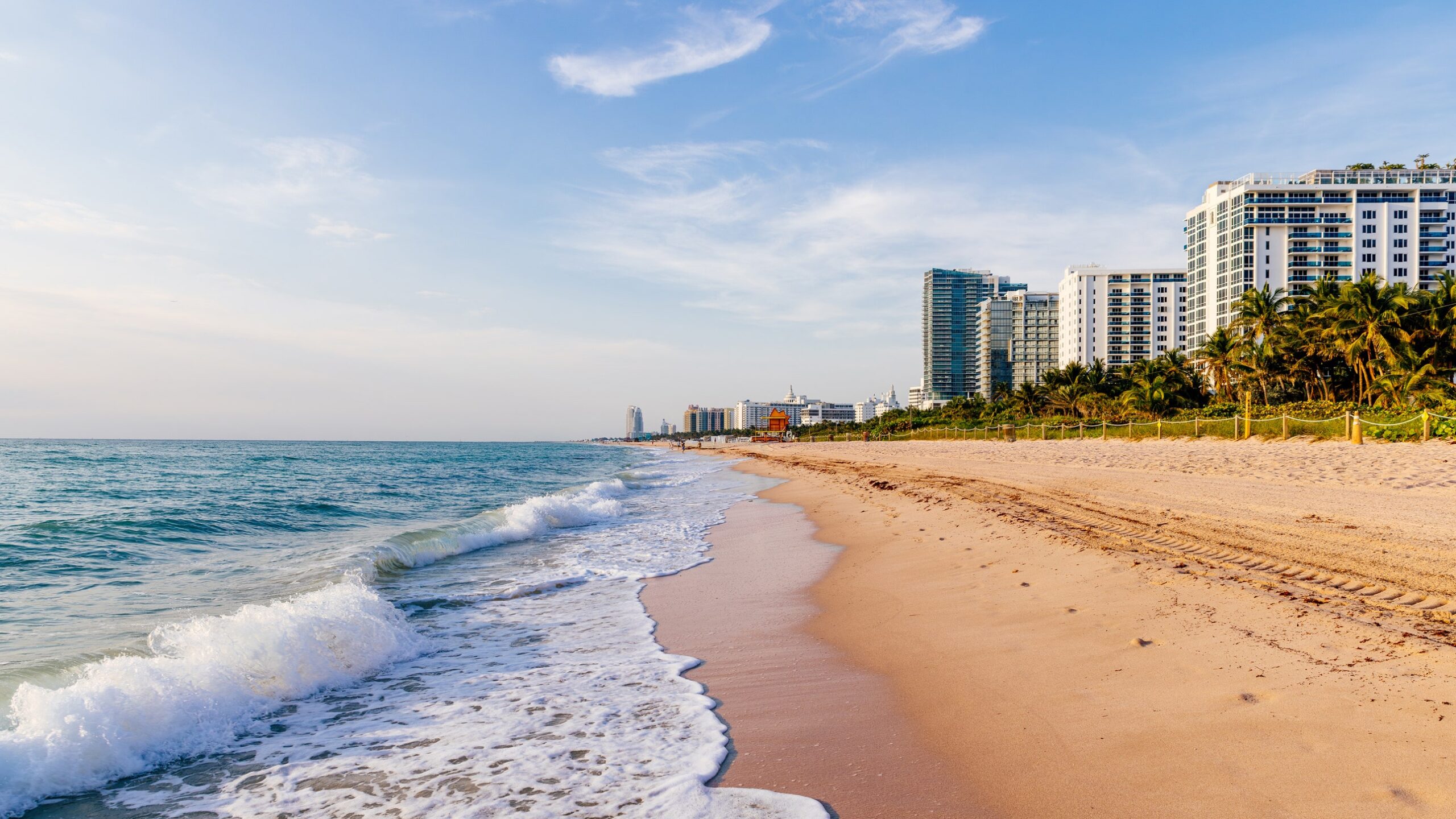




Leave a Reply